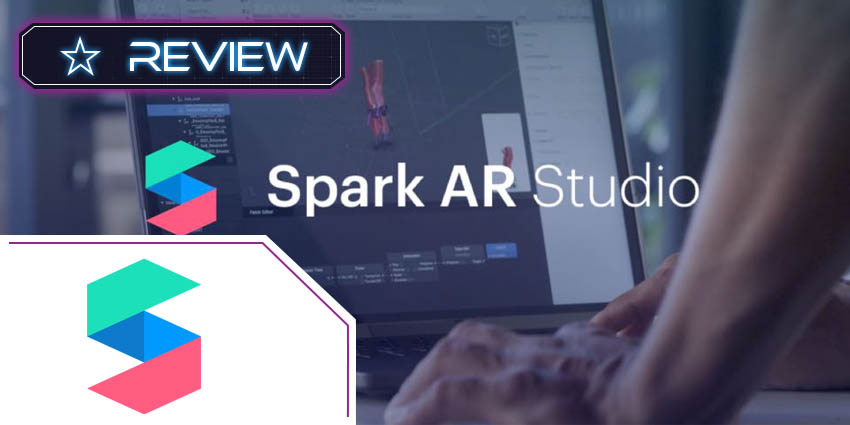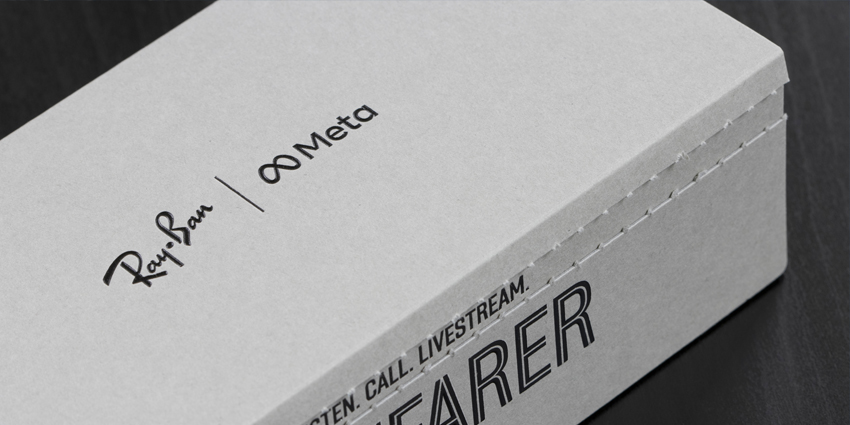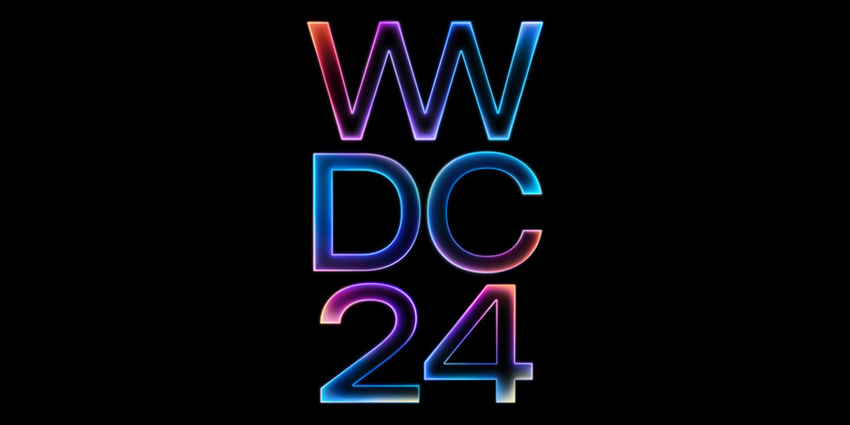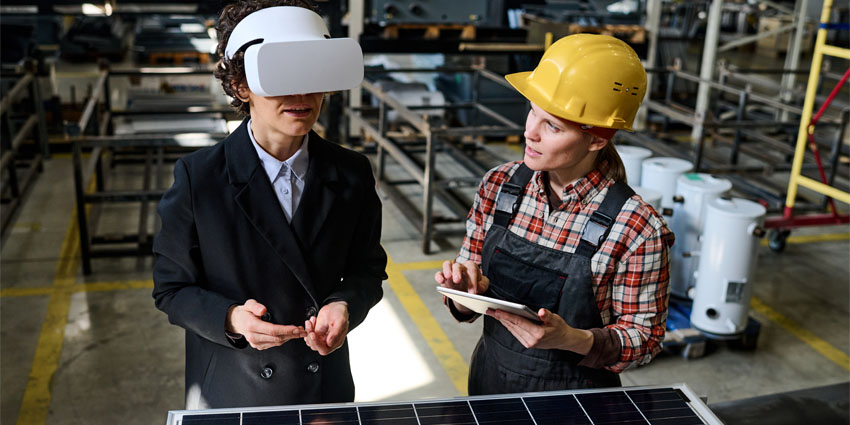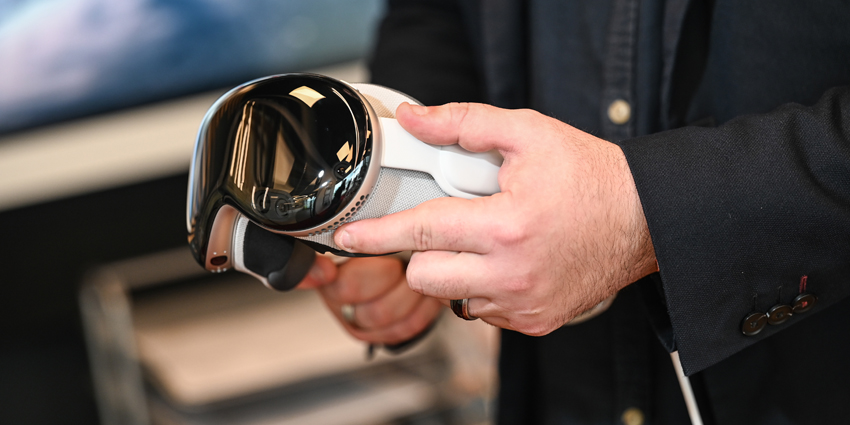Of all the extended reality opportunities appearing in today’s digital environment, augmented reality is perhaps the most accessible. Suitable for use with or without a dedicated headset, AR applications have already made their way into our tablets, smartphones, and computer screens.
Everywhere, developers and business leaders alike are beginning to discover the potential of AR.
Expected to reach a value of around $340.16 billion by 2028, AR is a convenient, flexible, and easy-to-use landscape where companies can engage customers like never before.
Brands are now using AR apps for everything from customer support to sales demonstrations. To create the right AR experience, developers need the right tools. This is where Spark AR comes in.
Spark AR is the Augmented Reality Studio where developers can create and share augmented experiences. You can even enable billions of people using Facebook apps and devices to experiment with your AR tool. Let’s see what Spark AR can offer.
Spark AR Features
The Spark AR Studio provides developers and business leaders with the tools they need to create augmented reality experiences suitable for Facebook apps and tools (like the Meta Quest).
You’ll have access to a comprehensive software environment, where you can unlock easy-to-use templates for AR filters and create customised experiences from scratch.
The Spark AR Studio allows for a comprehensive range of AR creation opportunities. You can get started as a novice JavaScript developer with access to 2D templates and tools, or experiment with sophisticated 3D models. Features include:
- Step-by-step guides and video tutorials
- Community support and sharing
- Access to 2D and 3D AR content creation
- Support for all Facebook apps and devices
- Build with or without code
- Import sounds and objects from other environments
- Add assets from Facebook’s free library
- High fidelity models through Sketchfab partnership
- Instant publishing to Instagram
- Face tracking for filters
- Effect syncing with movement tracking
- Touch and gesture controls
- Connect objects and places with plane tracker
- Background segmentation
Spark AR supports developers in creating a wide range of AR experiences, regardless of the level of coding experience they have. You can use a range of in-built guides and tools to create a host of unique AR environments.
The Spark AR studio enables users to transport people to new places by changing their backgrounds or use plane tracking to connect virtual objects to physical places.
Movement and facial tracking tools also ensure virtual enhancements look as natural and organic as possible when working with Spark AR. There’s also the option to instantly publish the applications you create to Instagram or Facebook.
Benefits of Spark AR
With the Spark AR studio, Facebook is making it easier for people from all backgrounds to explore their creative abilities in AR.
You don’t need extensive coding knowledge or experience with application programme interfaces (APIs) to get started. You can use the guides and templates available to start building in seconds, with minimal confusion.
Visual programming, access to various importing options, and a wide range of community guides mean Spark AR is a wonderful place for beginners and companies interested in AR opportunities to start their experimentation.
Benefits include:
- No code development: You don’t have to use code unless you feel comfortable with it. The Spark AR environment comes with visual programming features, so you can easily add animations, interactivity and logic to objects and effects. There’s also the option to create your own materials and textures to use in your scene without code too.
- Create all kinds of AR experiences: With Spark AR, users can add sound files, 3D objects, images, and other assets in seconds. You can import high-fidelity models through the partnership with Sketchfab or access a free library of assets from Facebook. When you’re ready to start building, it’s up to you whether you want to launch into your project with a template or start creating from scratch.
- Intelligent tracking: Face and movement tracking technology built into the Spark AR environment means you can create unique and organic experiences for tools like Instagram. Facial tracking means you can add filters and masks to customers viewing themselves through their smartphone camera. There’s also the opportunity to sync effects with the movements of your audience, by enabling interactions based on body or motion tracking.
- Tutorial guidance: Whether you’re figuring out how to add gesture control to your AR app, or you want to make sure your new filter fits every face, Facebook can help. The Spark AR environment comes with access to an extensive community of expert creators and innovators who can help you make the most of your new landscape. You’ll also have access to plenty of tutorials and guides from Facebook, too.
- Plane tracker: To create immersive AR experiences, companies and developers need to ensure the virtual and real worlds stay connected. The plane tracker technology within Spark AR means developers can create apps that track surfaces, recognise objects instantly, and even understand locations
Like many AR development and VR environments in the market today, the Spark AR landscape is also regularly improving with new features, algorithms, and technology to explore.
Once you start experimenting with your code and the available templates, there’s no limit to what you can create.
Verdict on Spark AR
For companies and developers in search of easy access to the AR world, Spark AR from Facebook is a great investment.
You can create all kinds of augmented experiences, from transporting your users to new places to adding unique content into their existing surroundings through a smartphone app.
Templates and guides make it easier for everyone to get started, while no-code development lowers the barriers to entry for people without technical knowledge.
As an added bonus, you get the peace of mind that comes with knowing your content created with Spark AR will work seamlessly with leading hardware like the Meta devices and Facebook apps.
